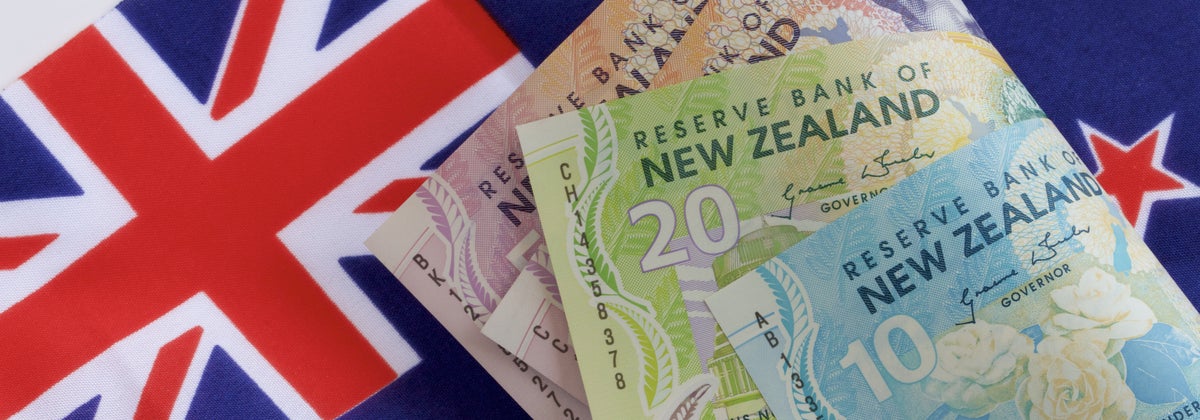When you hit retirement age and are eligible to withdraw KiwiSaver, those savings are yours to do with what you like. However, Canstar takes a look at why you should consider a long-term spending strategy, rather than a lotto-style blowout.
KiwiSaver over 65: Saver vs Splurger
It’s a common misconception that you have to withdraw all your KiwiSaver money when you turn 65 – you don’t. Many providers allow you to keep your KiwiSaver account open and to make regular withdrawals, even after you’ve retired.
Of course, they’re your savings, so you can spend them as you choose. Some will think the best option for withdrawing their KiwiSaver is to use it all for overseas adventures. While others will put money towards a bach or boat they’ve always dreamed of.
However, not all KiwiSaver members will compare turning 65 years of age to hitting the lotto jackpot, especially if they’re used to budgeting and investing. And the beauty of still being in KiwiSaver over the age of 65 is that your invested money can continue to work for you.
Here’s what to consider when deciding how to spend your nest egg.
How to withdraw KiwiSaver funds – or not – to boost your savings
Maximising your KiwiSaver funds, even after retiring, allows you to have your cake and eat it, too.
Here are 5 ways you can maximise your retirement savings:
- Leave the money where it is in the KiwiSaver fund of your choice, and make small regular withdrawals to supplement your New Zealand Superannuation payments. According to recent research, 78.5% of retirees 65 and over rely on NZ Super as their main form of income, 18% supplementing their income with KiwiSaver.
- Invest the money in income-bearing investments such as bonds, shares, or units in managed funds. These are likely to pay a higher rate of income than investments aimed primarily at capital growth.
- Buy units in a pension or income fund. This would be a managed fund aimed at retirees that pays a regular income stream.
- Buy an annuity. An annuity is like an insurance policy that agrees to pay a certain amount each month until you die, no matter how long you live. These are very rare in New Zealand.
- Withdraw KiwiSaver and put it in the bank in your savings account or a term deposit.
→ Related article: What is NZ Super? Everything You Need to Know
Five KiwiSaver mistakes to avoid when over 65
While sudden access to a ready supply of cash can make it tempting to splurge, spending your nest egg without properly planning for the future, can result in financial difficulties later on. Here are some common mistakes that retirees can make once they gain access to their KiwiSaver.
Not doing a budget
It’s a completely natural human trait to want to spend your hard-earned money and splurge a little after a lifetime of saving. However, spending on extravagant items is often a fleeting impulse.
One way to ensure you’re able to enjoy a few luxuries, while also ensuring your money will last your entire retirement, is to make a long-term budget. Devote most of your KiwiSaver to life’s essentials, while allocating some funds to treat yourself every now and again. You deserve it!
Giving into family and friends
Once you hit 65, it often isn’t long until family and friends come cap in hand. Sadly, some retirees will feel pressure to help out financially. This can involve anything from paying of family debts, giving a business a boost, or helping kids into a first home. Remember, though, that they are your savings. Be wary of helping out financially if you don’t feel comfortable with every aspect of the transaction.
Paying off consumer debt
Ideally, anyone nearing retirement should have paid off their consumer and mortgage debts before they finish employment. This is to avoid falling into the trap of using KiwiSaver money to pay off debts after retiring, rather than using the money for enjoyment and living costs.
Compare KiwiSaver funds with Canstar
Being too cautious
In the final few years before retirement, it’s a good idea to adjust the risk profile of your investments. You don’t want to have all your money in high-risk investments, as market volatility could wipe out years of gains. However, it’s also not advisable to play things too safe, and stick all your cash in a bank savings account.
To make the most of your money over, hopefully, decades of retirement, consider splitting your funds between different investment profiles.
For example, you could invest two to three years of spending money in cash-like investments, such as savings accounts. The following six to nine years’ money could be invested in bonds (also called debt securities), and the remainder in growth investments, such as shares and property, to make the capital last longer.
Investing all your money in a conservative fund may be less risky, however, it won’t provide the best returns in the long term. To make your KiwiSaver money last, one option to consider is investing in a mix of growth, balanced, and conservative funds.
As you approach retirement, talk to your KiwiSaver provider about the best options for you. You can also refer to Canstar’s free KiwiSaver comparison tools, to help work out which funds could offer the best returns for you in retirement.
Of course, each retiree’s situation is different, so you should take into account your individual objectives, financial situation, or needs, before making any decisions. As Canstar is not a financial advisor, we can only give you general information and advice.
Compare KiwiSaver funds with Canstar
Not paying attention to the fine print
When you’re thinking about withdrawing your KiwiSaver, there is some fine print to be aware of. If you joined a KiwiSaver scheme on or after July 1, 2019, you can withdraw your savings when you qualify for NZ Superannuation, which is currently at the age of 65. But, if you joined KiwiSaver before July 1, 2019, then you can withdraw your savings either when you turn 65 or after you have been a KiwiSaver member for five years, whichever is later.
Compare KiwiSaver Providers with Canstar
If you’re comparing KiwiSaver funds, the comparison table below displays some of the products currently available on Canstar’s database for a KiwiSaver member with a balance of $20,000 in a Growth fund, sorted by Star Rating (highest to lowest), followed by company name (alphabetical) – some may have links to providers’ websites. Use Canstar’s KiwiSaver comparison selector to view a wider range of retirement funds. Canstar may earn a fee for referrals.
To read more about our latest KiwiSaver Awards or to compare KiwiSaver providers, click on the button below.
Compare KiwiSaver providers for free with Canstar!
Enjoy reading this article?
Sign up to receive more news like this straight to your inbox.
By subscribing you agree to the Canstar Privacy Policy




Share this article